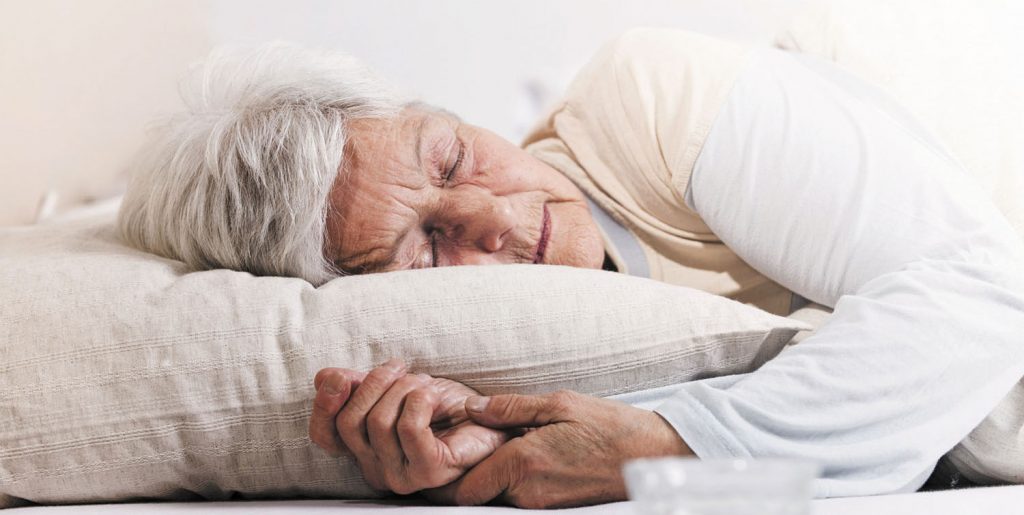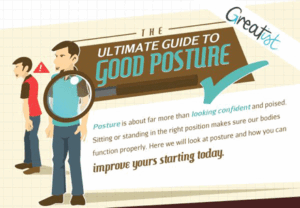Time for Sleep

Time for Sleep
As a nation, we may be divided, but there is one common bond that unites us all around the world; sleep. We all need sleep in order to be capable of performing every day tasks. Sleep is an imperative part of the human experience. Without a good night’s sleep, our bodies will slowly begin to fail us, often in ways that we don’t even notice until it may cause health conditions; physically, mentally and emotionally.
Sleep…
- Keeps Your Heart Healthy
- Reduces Stress
- Reduces Inflammation
- Makes You More Alert
- Improves Your Memory
- May Help You Lose Weight
- May Reduce Your Risk of Depression
While many of us have troubles sleeping because we can’t ‘shut off’ our minds (this is me), others can’t achieve sleep nirvana due to physical pains that either pop up only at sleep time or perhaps known conditions that need careful attention during our wake times too. There are remedies abound for all of these conditions, but none of them are full proof for everybody. In spite of our biological sleep bond that unites us, we are all still unique in our needs. Here are just a few tips to help you position your body for a more restful night’s sleep.
If you go online, you will be overwhelmed with the variety of pillows that are available. They all make the same claims, yet all seem to be very different in their shapes, firmness and size…kind of like all of us. Before you rush out and spend money on the trendy pillow or even mattress, you must first determine what kind of sleeper YOU are. This can be broken down into 3 easy categories; back, side or stomach.
If you are a stomach sleeper, the odds are if you are feeling pain that either disturbs your sleep or perhaps only upon waking up, you will be feeling it in your shoulders & neck. Stomach sleepers should really try to recondition themselves to sleep either on their side (most recommended) or on their backs. By sleeping on your stomach, you are likely positioning your head to one side and your arms are placed into a position of shoulder abduction and external rotation or your holding your arms up over your head. Try and do that while you are awake for a few minutes and you will quickly feel the negative impact of this position. To change this, start by trying one of the positions I describe below. However, do this in short intervals. You will need to reeducate your body over a period of time in order to transition to this new pattern. Attempting this in a single night or even over a period of a week will only disturb whatever sleep you have been getting and make this seem like an impossible task. Set a goal of 10-15 minutes in this new position. If you don’t fall asleep, revert back to the position that provides you the best opportunity to sleep. Over time, with some dedication, you will be able to train your brain to accommodate this evolution in your sleep.
If you are a side sleeper, there are several remedies that may suit your particular aches. Not all of these may be suitable or indicated, so try only the ones that may work best for your areas of concern.
- Pain in your neck or arms: Only use a single pillow under your head: Doing so places the cervical spine into side bending flexion, jamming the facet joints in your spine. Over time, this may begin to appear as point specific pain, nerve pain or pins & needles that radiate down your arm. Often times, side sleepers will experience peripheral nerve pain during the daytime and pass this off as a day time stressor that is unrelated to their sleep, when the wear and tear from improper sleep is contributing to this issue.
- Pain in your low back and/or hips: Sleeping on your side can place your top side hip into a position that creates prolong torsion on your low back and pelvis. A simple fix for this is to place a pillow between your knees. This will provide proper alignment of the pelvis and remove any torque in the low back.
Another quick fix for those having low back pain is to take a sheet and roll into a long tube. Wrap the entire sheet around your low back. This will provide additional lumbar support that your mattress may not otherwise be providing when in a side-lying position. Again, there are products that are made specifically for these adjustments, but you likely have what you need in your linen closet.
For those who have the tendency to sleep on their backs, you know that contrary to what you hear, there can be many episodes of back pain that flare up. It has been my experience over the past 25 years that the people who state, “I get low back pain at least 2x a year, but then it just goes away”, are mainly back sleepers. This is a working theory, but also not something to disregard. The reason many of us experience pain that may appear as acute with a non-specific onset is typically due to us placing our bodies in positions, repeatedly, over long periods of time, until our body screams, “STOP.” We quickly adapt for a week or two until the problem resolves, typically repositioning ourselves until the pain eventually subsides. Once resolved, we revert back to the aggravating habit once again, not knowing that it is this habit that is causing the problem.
- If you like to sleep on your back, I would encourage you to place a pillow or even two below your knees and hamstrings. This will take a load off of your lumbar spine.
- Another trick is to use the example of the rolled sheet from above. It’s a great way to provide some sensory input to the brain that will encourage the low back to relax.
As I mentioned, there is absolutely no silver bullet that will distinguish anyone’s back pain. There are however, several solutions that can be trouble shot to determine your own particular needs. It is also extremely important that we strap on our thinking caps and play detective to really narrow down what specific activities you are doing while asleep or awake that may be contributing to your sleep aches. I encourage everyone to speak to their therapists to see what remedy might work best for you. Sleep tight!
Ready to #feelbetter?
You're just a click away from a wicked good massage!
-

60 Minute Massage Gift Card
$170.00 Add to cart -

90 Minute Massage Gift Card
$255.00 Add to cart -

Mini Aer Small Room Air Purifier
$149.00 Add to cart -
Sale!

Thera-Pearl Sports Pack/Hot Cold
Original price was: $14.99.$12.99Current price is: $12.99. Add to cart -

3 Somadome Sessions Gift Card
$135.00 Add to cart -

TheraBand CLX Connective Loop
$14.99 Select options -

6 Somadome Sessions Gift Card
$270.00 Add to cart -
Sale!

Biofreeze
Original price was: $14.99.$12.99Current price is: $12.99. Add to cart
Passion Mountain
I was at an event recently and was asked by somebody how I could STILL be so passionate for what I do. He said, “What I mean is that you talk about what you do with the passion of child flipping through a new pack of baseball cards. I wish I was that passionate about…
Read MoreFish You Should Scale Back On
New Englander’s love their seafood and we deepen our love affair every summer when our favorite crustaceans, ‘lobstah’ is a plentiful. But what is the best seafood for us and what are the ones that we should be staying away from regardless of how yummy they may be? Monterey Bay Aquarium has combined data from…
Read MoreSports are a Great Metaphor
It’s no secret that my life has always revolved around athletics. From my early days playing pop warner football, through my college years of lacrosse and on into the various community leagues since, being part of a team has always been where I feel most comfortable. What I enjoy most about being part of a…
Read MoreWhat is an Expert?
“An expert is someone widely recognized as a reliable source of technique or skill whose faculty for judging or deciding rightly, justly, or wisely is accorded authority and status by their peers or the public in a specific well-distinguished domain.” – Wikipedia This past month I flew to Atlanta to present a few classes in…
Read MoreThe Power of a Hug
Originally Posted 5/1/2014; following the 1 year anniversary of the Boston Marathon Bombings and our mission to rebound after these horrible attacks on our city. We helped orchestrate the ‘One Run for Boston’; a 3328.2 NON-STOP running relay from LA to Boston, raising over $500K for the victims and survivors of the events of 4/20/2013.…
Read MoreTips from the Table
Without fail, every marathon season, I am asked by my patients, what kind of advice I would offer up to them as they prepare to run the Boston marathon. I first admit that I have never (nor will ever) run a marathon, but given my unique insight of spending 1000’s of hours alone in a…
Read MoreShoulder Impingement
The glenohumeral joint is a highly complex articulation. It has the greatest range of motion of any joint in the body. However, its increased motion occurs at the expense of stability, requiring the soft tissues to play a more critical role in maintaining joint integrity. As a result of increased mechanical demands, numerous soft-tissue injuries…
Read MoreTrain, train, train. Train of fools.
In my seventeen years as a massage therapist, I am still amazed by some of the things I see in my office. Being situated 1/10th of a mile from the finish line of one of the most prestigious marathons in the world, the Boston Marathon, we see more than our fair share of runners coming…
Read MoreAchilles Tendon Disorder
Achilles Tendon Disorder Massage therapists see many clients with active lifestyles. Running, jumping, dancing, climbing, or any number of other activities can put serious stress on the Achilles tendon (AT). AT disorders also can contribute to biomechanical disorders in the foot and lower extremity. That is why it is important for the massage practitioner to…
Read More


